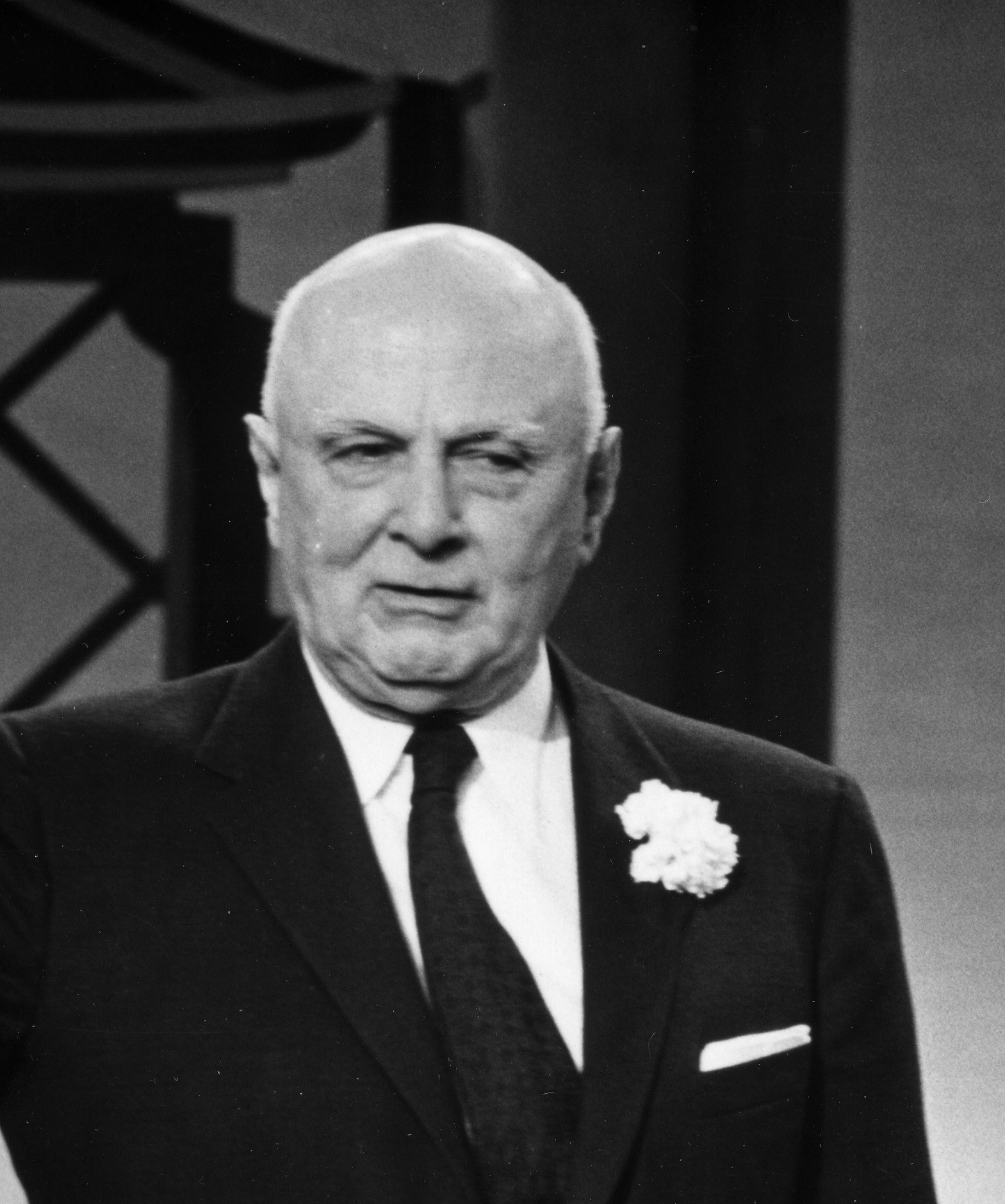George Roby Dempster was born on Sept. 16, 1887, the son of John Dempster (1848-1915) and Ann (Doherty) Dempster (1850-1934). His parents were married in Coberg, Canada, and came to Knoxville shortly thereafter in the fall of 1872. They eventually had 11 children (five boys and six girls), eight of whom survived to adulthood.
Young George Dempster showed how ambitious he was very early. During his grade school and high school years he carried both the morning Knoxville Journal and Tribune and the afternoon Knoxville Sentinel. When he was 14 and school vacation time came, he applied for a job in construction with the W.J. Oliver Construction Co., a Knoxville business and one of the largest of its type at that time. They would not hire him because of his age, so he hoboed to Northern Virginia, gave a false age and was hired on as a laborer for the C&O Railroad. He moved up quickly to track worker, brakeman and then fireman.
He returned to school in Knoxville the following year and, when he was 16, got a job running a locomotive in South Georgia with the AB&A Railroad for a short while. Then, eager to see the world, he signed on as an oiler and water tender on one of the Ward Liners and set sail for New York. On the high seas outside Cape Hatteras, the chief engineer asked his age and, in an unguarded moment, George answered, “16.” He was promptly fired but received free passage the remainder of the way to New York.
A week after he landed in New York, he decided he would seek work on the West Coast. He rode on top of boxcars, passenger cars and on the blind baggage car until he reached Council Bluffs, Iowa, where a hobo jungle of 5,000, George included, was stranded because of a railroad strike on the Union Pacific. When the strike was over, he headed back East, visiting the St. Louis Exposition on the way. Finally, he was old enough to get a job with contractor W.J. Oliver, who was “double-tracking” the Big Four Railroad in Indiana.
He continued to work for Oliver between school years. The Oliver company had bid to become the contractor for the Panama Canal in 1907, and Dempster hoped to have a job on the project. Oliver had the low bid but, after much negotiating by President Theodore Roosevelt and Secretary of War William Howard Taft, the government decided to hire their own workers for the gigantic task.
Nineteen-year-old George and his younger brother Tom, both pretending to be older than they were, became civilian employees of the Isthmian Canal Commission in Panama. It was George Dempster who rode the first steam shovel placed in service on the Pacific Division of the canal, excavating for the locks at Miraflores and Pedro Miguel. He scooped the very first shovel of earth from the Pacific side of the giant shipway.
Living in the barracks with laborers from all over the world and working in mosquito-infested swampland, George contracted both typhoid and malaria. Who should become his physician but the famous Colonel (later General) William C. Gorgas, who had conquered yellow fever and bubonic plague and was now battling malaria?
At the time, the standard treatment for typhoid was a starvation diet of cracked ice and two glasses of milk a day. When George’s weight dropped to 86 pounds, Colonel Gorgas again saw him and prescribed eggnog. Reflecting his lifelong opposition to alcohol (also to tobacco), George refused and Gorgas said, “Young man, you have the distinction of being the only patient I have ever had who refused to take my prescription and, unless you do, you will be dead within a week.”
Respectfully, George refused and the colonel left. An old friend in an adjoining bed had a different ailment and his treatment called for double rations. Since he was only nibbling on his food, George asked if he could eat it. The friend, having overheard the doctor, warned George of the consequences, but George said, “I’ll be dead anyway in a week and I want to die on a full stomach.” The friend said, “It’s OK with me.”
For three meals a day, the friend would nibble and George would wipe the platter clean. The majority of typhoid patients in the ward died on the starvation diet. Eventually, medicine adopted the George Dempster treatment plan, not knowing that he had discovered it. He would relate many years later in writing his unpublished memoirs, “Since that date in 1909 I have never even had a headache.”
Dempster was absorbing engineering and mechanical skills under the tutelage of the world’s finest engineers of the time. But, ironically, his first invention caused him to be “reported for discharge.” An old-time steam shovel engineer testified that “George Dempster is the laziest man on the Panama Canal because he is trying to invent a mechanical device to dump the dipper on his shovel.” An investigation followed that indicated the need for the equipment and, eventually, all shovels on the canal project were equipped with similar devices.
As president of the Panama Local of the Associated Union of Steam Shovel and Dredge Men, George met with the other members of the committee to take up grievances with Col. George Goethals (later the general who would become famous for his feat of constructing the canal). After their first meeting one Sunday morning, the top brass departed leaving just the colonel and the committee. The colonel unbuttoned his jacket, put his feet up on his desk, passed cigarettes around and said, “When I think you are right, I will see that you get a fair deal; when I think you are wrong, I will d— soon tell you about it.”
Although Goethals had autocratic powers, he remembered the workers’ first names and addressed them that way. He also gave credit where credit was due and performed feats of engineering and construction that, Dempster felt, had never been matched. Perhaps this exposure to an exemplary leader provided the model for Dempster’s expertise in his work and his skill in labor relations later in life.
(The conclusion of this article will appear in April. The author wishes to thank Ted Baehr Jr., curator of the historical vertical files at the Calvin McClung Historical Collection, who assisted in the research for this article.)



